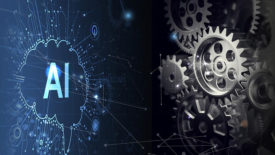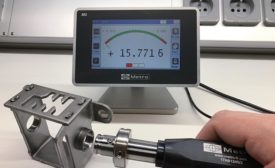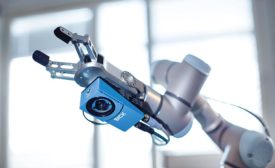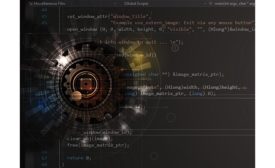Home » vision systems
Articles Tagged with ''vision systems''
Aerospace Manufacturing
New technology is more accurate and less labor-intensive than manual inspection.
Read More
Vision & Sensors | Vision
The Perfect Pair: Combining AI And Computer Vision
While AI can provide new capability to a vision system, it is not the only option.
July 6, 2022
Does Air Gaging fit into a Modern World?
Air gaging is an extremely fast measurement method even when measuring difficult geometries.
September 2, 2020
A Customizable Vision for the Quality Profession
The future of quality inspection is one that will see quality professionals working side-by-side with collaborative robots fitted with easily-swapped vision systems.
September 1, 2020
Multi-Sensor Metrology Advances
Advancements in multi-sensor platforms combine the best features of vision and touch-probe inspection for maximum accuracy and speed.
August 4, 2020
Machine Vision Software: What’s “Under the Hood”
Let’s ensure that your machine vision applications all will be successful and reliable now and in the future.
May 4, 2020
Shape from Shading: A Vital Shape Extraction Technology and its Applications
Vision inspection is not without its challenges.
January 1, 2020
Better Processing Power Makes Fast and Precise Color Vision a Reality
As manufacturers today face increasingly stringent quality requirements, new and improved color vision technology provides a welcome solution.
December 2, 2019
Stay in the know with Quality’s comprehensive coverage of
the manufacturing and metrology industries.
eNewsletter | Website | eMagazine
JOIN TODAY!Copyright ©2025. All Rights Reserved BNP Media.
Design, CMS, Hosting & Web Development :: ePublishing









